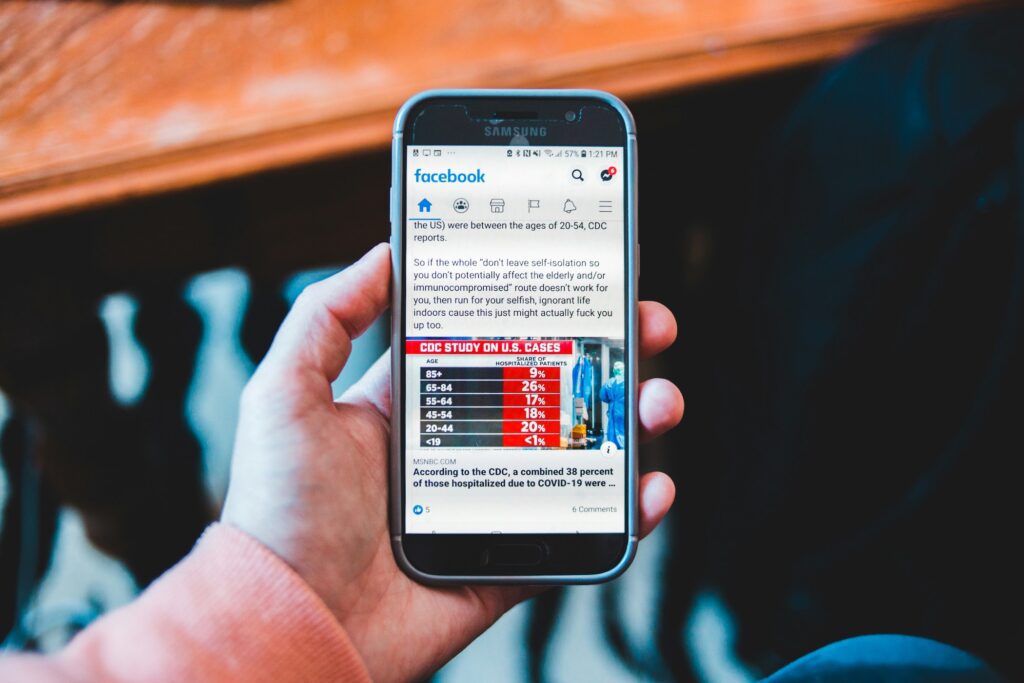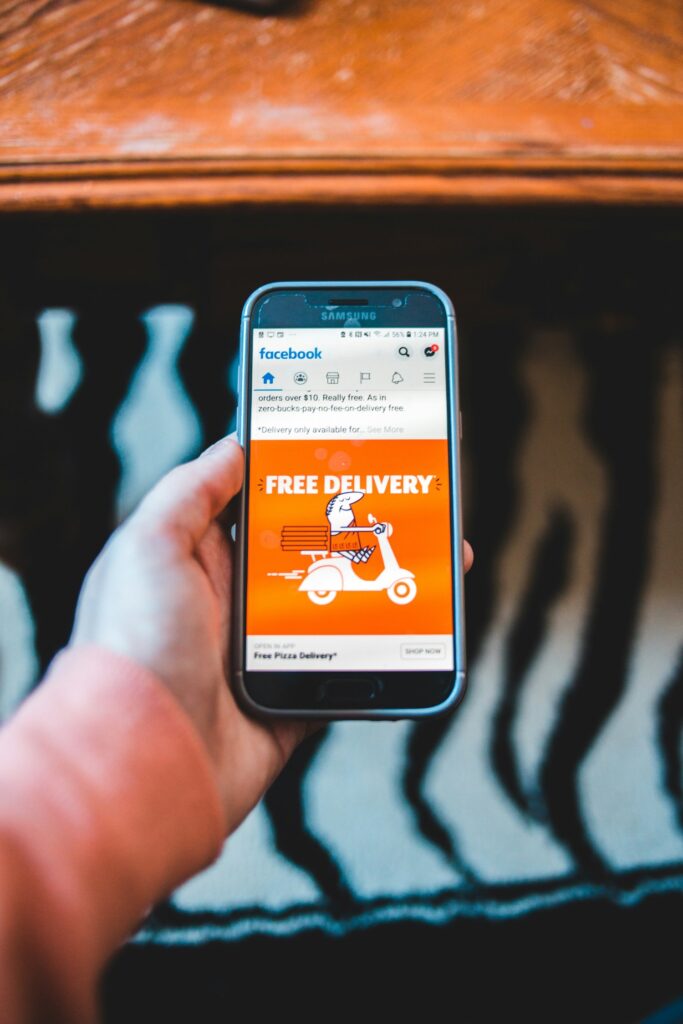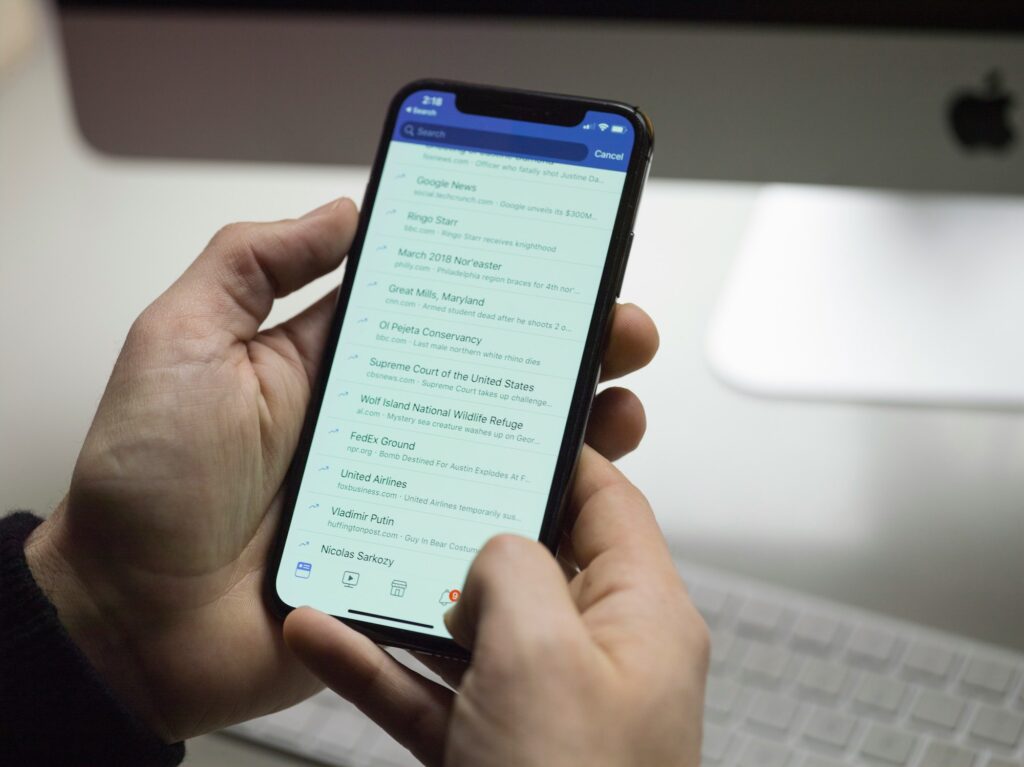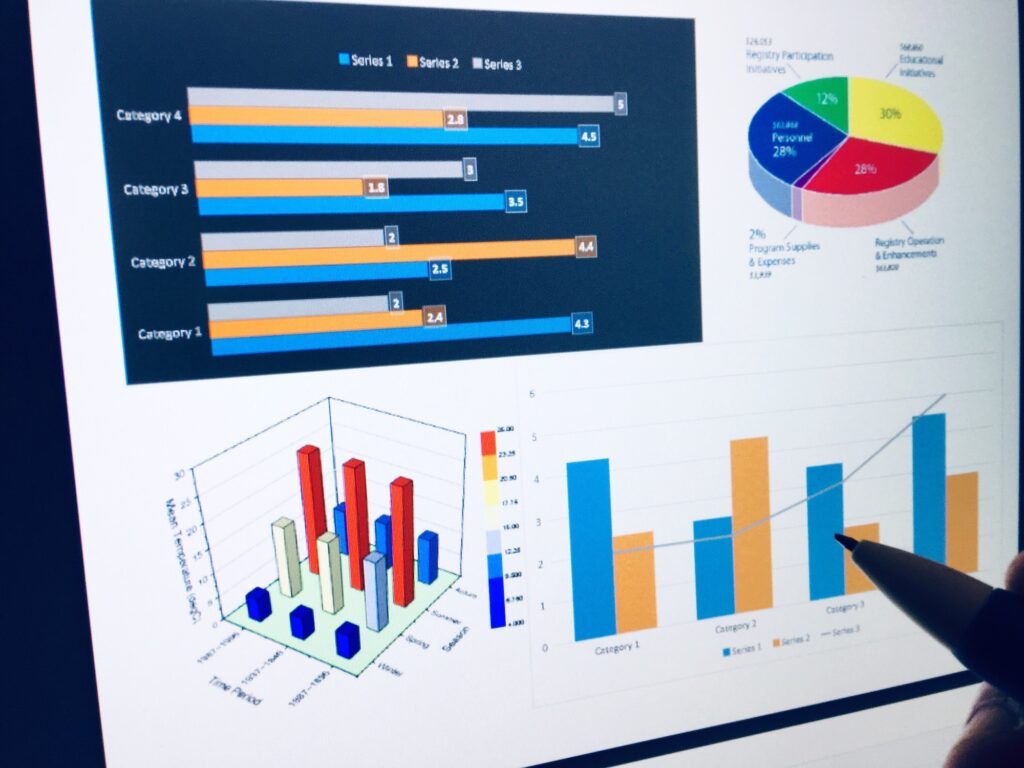Digital marketing success hinges on capturing your audience’s attention, but what happens when your audience grows tired of seeing the same ads over and over? In the realm of digital advertising, this phenomenon is known as ad fatigue—a common problem that causes your campaign performance to seemingly drop off a cliff. Ad fatigue can decrease engagement, lead to higher costs, and frustrate potential customers.
In this guide, we’ll explore what ad fatigue is, why it happens, when it typically occurs, and how you can fix it before it drains your marketing budget. We’ll also cover 14 actionable strategies to combat ad fatigue and keep your campaigns performing well.
Definition and Diagnosis of Ad Fatigue
Ad fatigue is a phenomenon where your audience becomes disinterested in your ad after seeing it repeatedly. Essentially, when the same ad is shown to the same audience multiple times, it loses its effectiveness and appeal. This leads to a noticeable dip in key performance metrics such as click-through rate (CTR) and return on investment (ROI).
Diagnosing ad fatigue involves closely monitoring these metrics over time. If you observe a consistent decline in CTR, engagement levels, and conversion rates, it’s a clear sign that ad fatigue is setting in. By keeping an eye on these indicators, you can identify when your audience is growing weary of your ads and take timely action to refresh your campaign.

Why Ad Fatigue Happens
Ad fatigue occurs for a simple reason: overexposure. To combat this, it’s crucial to refresh and rotate ads frequently to maintain audience engagement and interest. When people see the same ad too many times, they begin to tune it out. In some cases, frequent exposure might even lead to a negative reaction, where viewers grow annoyed and avoid engaging with your brand altogether.
There are several causes of ad fatigue:
- Stale Creative: Running the same ad creative for too long, especially without variation.
- Limited Audience Targeting: When your target audience is too small, they’re more likely to see the same ad numerous times.
- Overuse of Retargeting: Retargeting can be effective, but if the same ad follows users across different platforms too frequently, it can cause frustration.
- Poor Frequency Management: Failing to cap the frequency of your ads means that some users might see the same ad dozens of times. This is an error of paid media specialists to not have a better pulse on how campaigns are pacing.
The result? A disengaged audience, lower click-through rates (CTR), and rising costs.
When Does Ad Fatigue Normally Happen?
Ad fatigue doesn’t occur overnight. Typically, it sets in after an ad has been running for a while, but the timeline can vary based on factors like the size of your audience, the platform you’re advertising on, and how frequently your ad is being displayed.
Here’s when you’re most likely to notice ad fatigue:
- Mid-to-Late Campaign Lifespan: After an ad has been running for several weeks or months, especially if you haven’t refreshed the creative.
- High-Frequency Numbers: When an individual user has seen your ad five or more times. Tools like Facebook Ads Manager can help you track frequency metrics.
- Small Audience Targeting: The smaller your audience, the faster they’ll experience ad fatigue due to repeated exposure.
By monitoring these factors, you can spot the early signs of ad fatigue and act before your campaign loses steam.

Signs and Consequences of Ad Fatigue
Recognizing the signs of ad fatigue is crucial for maintaining the effectiveness of your ad campaigns. As mentioned, common indicators include a decrease in click-through rates, an increase in cost-per-click (CPC), and a drop in conversion rates.
The consequences of ad fatigue can be severe. Not only does it lead to a decrease in sales, but it can also negatively impact a brand image. Repeated exposure to the same ads can irritate your audience, producing counterintuitive results. This can result in wasted advertising dollars, decreased customer loyalty, and ultimately, a loss of revenue. Addressing ad fatigue promptly is essential to avoid these negative outcomes.
The Expensive Mistake of Not Fixing Ad Fatigue
Failing to address ad fatigue is more than just a missed opportunity—it can have significant dollar losses associated with it. When ad fatigue sets in, the cost of running your campaign can increase significantly while your return on investment (ROI) decreases. Here’s why:
- Decreased Engagement: As your audience grows tired of your ad, they’re less likely to engage, which means fewer clicks, likes, shares, and conversions.
- Increased Costs: Lower engagement rates and click-through rates drive up your cost-per-click (CPC) and cost-per-acquisition (CPA). You’ll be paying more for less.
- Wasted Ad Spend: Continuing to run a fatigued ad means your ad dollars are being spent without achieving results. You’re essentially throwing money at an ineffective campaign.
- Brand Damage: Overexposure to repetitive ads can lead to negative brand perception. Instead of being seen as engaging, your ads might come across as annoying or desperate, damaging customer trust.
Ignoring ad fatigue not only hurts your campaign performance but can also drain your marketing budget. Taking the time to refresh your ads and implement best practices can save you from wasting resources and help you maximize your ROI.
Key Best Practices to Prevent Ad Fatigue
To prevent or combat ad fatigue, implementing strategic changes to your campaigns is crucial. Here are some key best practices:
- Track Ad Frequency: Regularly monitor how often your ads are being shown to individual users. If frequency exceeds 5-7 views per person, it’s time to make changes. Rotating your ads regularly is one of the most effective ways to cure ad fatigue.
- Rotate Ad Creative: Consistently update your ads with new visuals, copy, or layouts. Rotating creatives prevents your ads from becoming repetitive and keeps the audience engaged. Testing multiple ads allows you to see which versions resonate best with your audience.
- Expand Your Audience: Target a broader audience or adjust your segmentation to reach fresh users. A larger audience reduces the chances of overexposure and ad fatigue.
- Limit Retargeting: Use retargeting sparingly. While retargeting can drive conversions, too much of it leads to burnout. Set caps on how often you retarget the same individuals.
- Diversify Your Ad Formats: Experiment with various ad formats such as carousel ads, video ads, and interactive content. This keeps your campaigns dynamic and prevents monotony.
- A/B Test Creatives: Test multiple versions of your ads to see what resonates best with your audience. Not only does this help keep your ads fresh, but it also gives you data-driven insights into your audience’s preferences. Dynamic Creative Optimization (DCO) can help prevent ad fatigue by automatically optimizing ad elements in real-time.
- Refresh Your Offer or CTA: Change the value proposition, offer, or call to action (CTA) to make the ad feel fresh without needing a complete overhaul.

14 Ways to Combat Ad Fatigue
- Rotate Your Ads Regularly
- Avoid running the same ad for too long. Refresh your creative elements by rotating new versions of your ad to keep it appealing. This could involve changing the image, headline, or call-to-action (CTA). Regularly rotating your ads is crucial for maintaining a successful ad campaign.
- Test Multiple Creatives
- Run A/B tests with different versions of your ad. This will help identify which creative elements resonate better with your audience and allow for more effective rotation.
- Use Dynamic Creative Optimization (DCO)
- With DCO, your ad elements (images, headlines, copy) are automatically optimized in real-time to suit the user, delivering a more personalized experience and reducing ad fatigue.
- Broaden Your Target Audience
- If your audience is too narrow, they’re likely to see your ads multiple times. Widen your targeting parameters to reach fresh eyes and avoid overexposure.
- Implement Frequency Capping
- Set a limit on how many times an individual can see your ad. Frequency capping helps ensure your audience isn’t bombarded with the same content repeatedly, reducing the chances of fatigue. Frequency capping is an effective way to minimize ad fatigue by limiting how often your ads are shown to the same user.
- Diversify Your Ad Formats
- Experiment with different ad formats such as videos, carousels, and interactive ads to maintain audience interest. Variety in presentation can keep your messaging fresh and engaging. Incorporating a video ad into your campaign can provide a refreshing change from static images and help maintain audience interest.
- Leverage User-Generated Content (UGC)
- UGC ads, such as testimonials or content created by your customers, can provide a more authentic and relatable alternative to standard ads, making them less prone to fatigue.
- Incorporate Seasonal Themes
- Tie your ads to current events, holidays, or seasons. This makes the ad feel timely and relevant, increasing its appeal to your audience.
- Use Sequential Messaging
- Instead of repeating the same ad, break your campaign into a series of ads that tell a story or build upon each other. This keeps viewers engaged as they follow the progression of your campaign.
- Retarget With Care
- Retargeting is powerful, but overuse can quickly lead to ad fatigue. Limit retargeting ads or use tools that exclude individuals who have already converted or interacted with your ad multiple times.
- Optimize Audience Segmentation
- Create more granular audience segments for personalized ad targeting. This prevents the same ad from being shown to everyone and allows for tailored messaging that feels fresh and relevant.
- Create Limited-Time Offers
- Introducing urgency or exclusivity can keep your ads feeling exciting. Ads with limited-time offers encourage users to take action sooner, preventing the ad from becoming stale over time.
- Refresh Your Branding
- While a complete rebranding isn’t always necessary, subtle tweaks to your brand’s design or voice in your ads can make them feel new without changing your message.
- Track Performance Metrics Closely
- Monitor key metrics like CTR, engagement rates, and CPC closely. If you notice a drop in performance, act quickly by switching up your ad strategy to prevent fatigue from setting in.
Avoid Ad Fatigue in the Future

To avoid ad fatigue in the future, it’s essential to understand its causes and take proactive steps to prevent it. Regularly checking your campaign analytics is a good starting point. By monitoring key metrics, you can spot early signs of fatigue and make necessary adjustments.
Refreshing your ad copy and creative elements frequently is another effective strategy. This keeps your ads from becoming stale and maintains audience interest. Adjusting your targeting parameters to reach new users and excluding past users who have already seen your ads can also help reduce ad fatigue.
Creating new content and experimenting with different ad formats can keep your campaigns dynamic and engaging. By implementing these strategies, you can reduce ad fatigue, increase campaign effectiveness, and improve your return on investment.
Contact Elevato Ad Campaign Specialists
With expert paid media specialists and thousands of campaigns under our belts, Elevato is a top choice for businesses looking to improve their PPC, paid social, programmatic, and other ad efforts. Schedule a free consultation to see how your ad strategy and campaigns can take a step up.
